Marktech Releases New Low Capacitance, High-Speed Silicon Photodiodes – 3X Response Speed
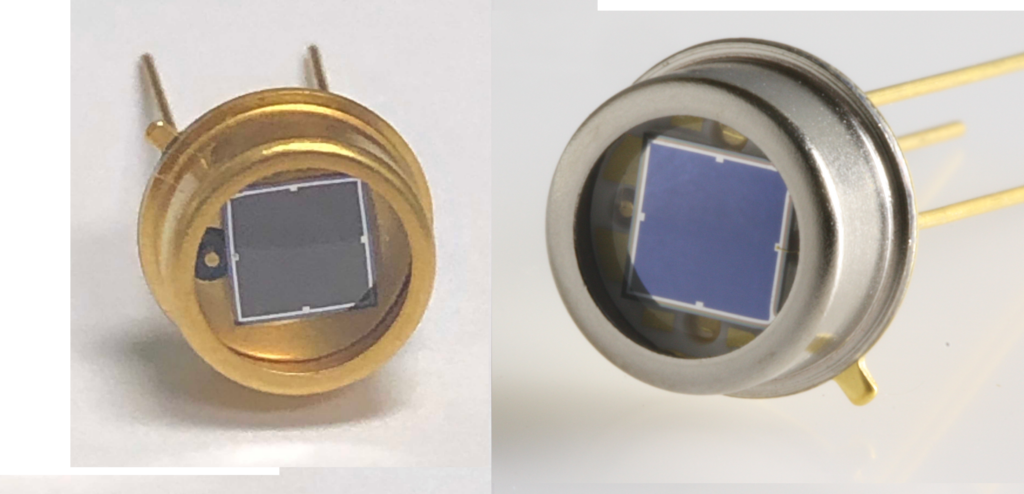
Latham, NY – August 28, 2024 – Marktech Optoelectronics, a leading innovator in optoelectronic components, proudly announces the release of its new line of low-capacitance, high-speed silicon photodiodes. These advanced photodiodes are designed to meet the demanding requirements of high-speed optical systems, offering unparalleled performance in various applications. The new Series 4 silicon photodiodes have […]
Marktech Optoelectronics Launches Advanced Silicon Carbide (SiC) Photodiodes for Deep UVC Detection
[Latham, NY, July 24, 2024]—Marktech Optoelectronics, a leader in optoelectronic technologies, is proud to introduce its latest innovation: Silicon Carbide (SiC) photodiodes designed for deep UVC detection. These photodiodes exhibit visible light or solar blind characteristics, making them ideal for monitoring 235nm and 255nm far or deep UVC LEDs. [Latham, NY, July 24, 2024]—Marktech Optoelectronics, […]
Marktech Optoelectronics Introduces 235nm and 255nm High Power Dual Chip UVC LEDs – 2X the Power of Single Chip UVC LEDs
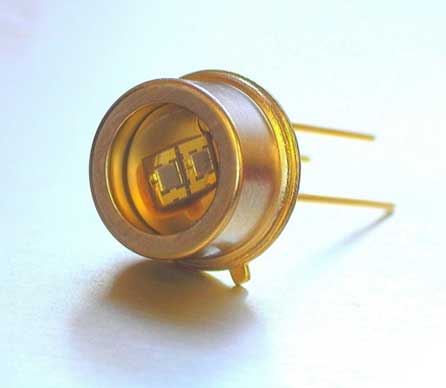
[Latham, NY, June 25, 2024]—Marktech Optoelectronics, a pioneer in optoelectronic technologies, is excited to announce the launch of its innovative dual-chip UVC LEDs in 235nm and 255nm wavelengths. These high-power UVC LEDs are engineered to double the power output of traditional single-chip LEDs, meeting the need for more effective deep UVC light sources for purification […]
Marktech Optoelectronics Named a 2024 Best of Sensors Awards Finalist for 235nm and 255nm Deep UVC LEDs and Detectors

Recognized as a Finalist in the Cleantech/Sustainability Category for “235nm and 255nm Deep UVC LEDs and Detectors” Use Marktech promo code 10034 for a free Expo Hall Pass or $100 off the conference registration. Latham, NY, May 31, 2024—Marktech Optoelectronics today announces it has been named a finalist in the Cleantech/Sustainability category of the […]
Maximize Your Total Cost Benefit with Tailored Photodiodes and LEDs for OEM Designs

Photodiodes and LEDs are widely used in a range of applications, including optical sensors, communication systems, medical diagnostic devices, analytical instruments, and application specific lighting. They are often used together to maximize the total cost benefit, with photodiodes serving as detectors and LEDs as emitters. By tailoring these components to OEM design needs, engineers can […]
Marktech Optoelectronics Releases New Green and Red Dot LEDs – Just in Time for the Holidays
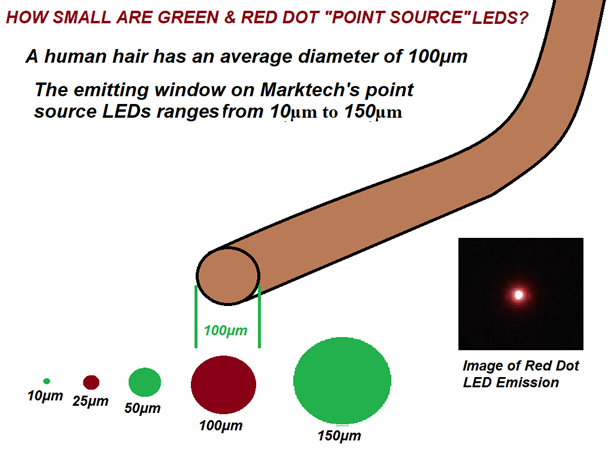
Marktech’s Introduces Standard Green Dot LEDs and Expands Red Dot LED Line-up Marktech Optoelectronics, Inc. (www.marktechopto.com)(Marktech), a privately-held leading designer and manufacturer of standard and custom optoelectronics, including UV, visible, near-infrared (NIR), and short-wavelength infrared (SWIR) emitters, detectors, InP epi wafers, and other compound semiconductors, today announced the release of their enhanced sharpness 25 and […]
Buying Your Engineer or Scientist a New Photodiode for Christmas? 8 Questions to Ask When Selecting A Photodetector Manufacturer
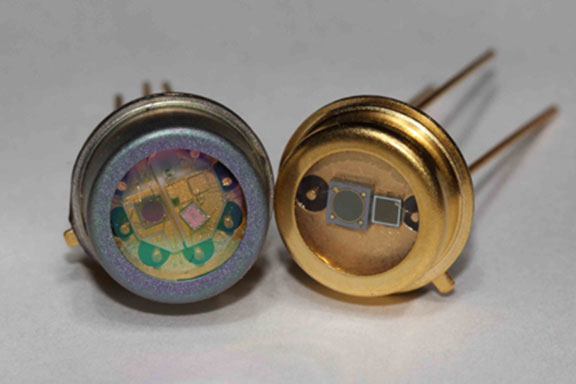
1. How extensive is the photodiode manufacturer’s product offering? Do their photodiodes have the wavelength sensitivity, speed, active area, and other performance parameters to meet your photo- detection requirements? The supplier should have a broad enough product line to meet your current and future needs. They should have photodiodes in their line-up meeting your application’s […]
Marktech Optoelectronics Announces the Launch of Innovative Quadrant Silicon Photodiode – MT03-072
[Latham, NY, November 28, 2023] – Marktech Optoelectronics, a renowned leader in optoelectronic components, is excited to announce the release of its latest innovation, the Quadrant Silicon Photodiode, part number MT03-072. This state-of-the-art photodiode meets the advanced needs of applications such as beam centering, beam nulling, position centering, beam alignment, optical tweezers, atomic force microscopes […]
Advanced 235nm and 255nm UVC LEDs: The Future of Germicidal UV Solutions
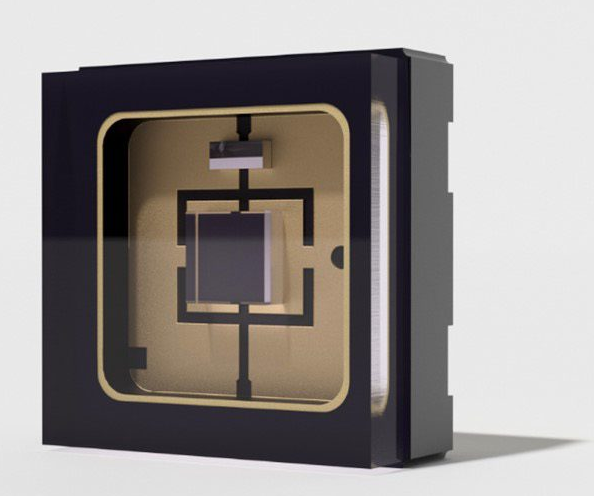
Marktech Optoelectronics Launches Advanced 235nm and 255nm UVC LEDs:The Future of Germicidal UV Solutions [Latham, NY, November 14,2023] – Marktech Optoelectronics, a leader in innovative light emission and detection solutions, proudly announces the release of cutting-edge 235nm and 255nm UVC LEDs from Silanna housed in flat and dome lens SMD and TO-cans packages (e.g., MTE2350F-UV and MTE2350D-UV). This […]
Marktech Optoelectronics Expanding the Industry’s Broadest Line of Point Source LEDs with New Hermetic SMD Packaged Visible and Infrared Emitters
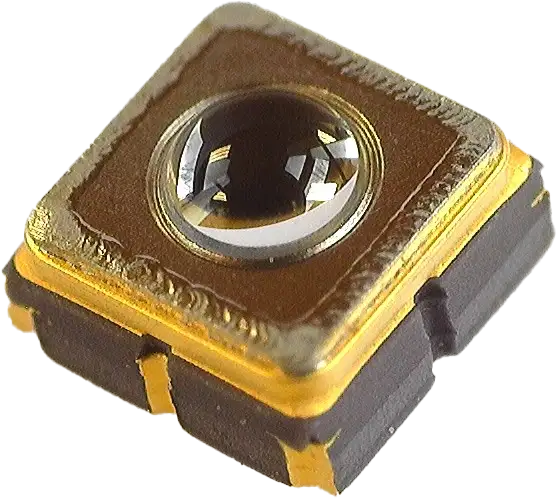
Marktech’s New ATLAS Packaged Point Source LEDs. September 2,2023 – Marktech Optoelectronics, a globally recognized leader in LED and detector technology, today announced the pending expansion of its industry-leading line of Point Source LEDs with the introduction of the innovative Hermetic Surface-Mount Device (SMD) ATLAS packaged visible and infrared emitters. The latest innovation enhances the […]






